One of the questions that people seem to ask more and more frequently these days is: “Why do breweries sell out?”
Ultimately, the motivations behind such a decision have not changed much since the advent of industrialization in brewing in the late 18th and early 19th century. This is a fine opportunity to deploy my favourite brewery quote. In the 1780’s (this is before The Six was a twinkle in Drake’s eye) Samuel Johnson was tasked with selling off the Anchor Brewery in Southwark in London because his friend Henry Thrale had passed on. Hester Thrale and the Thrale children would need Moneyfall co uk in order to live and maintain their home at Streatham Park. Johnson really cut to the heart of the matter: “We are not here to sell a parcel of boilers and vats, but the potentiality of growing rich beyond the dreams of avarice.”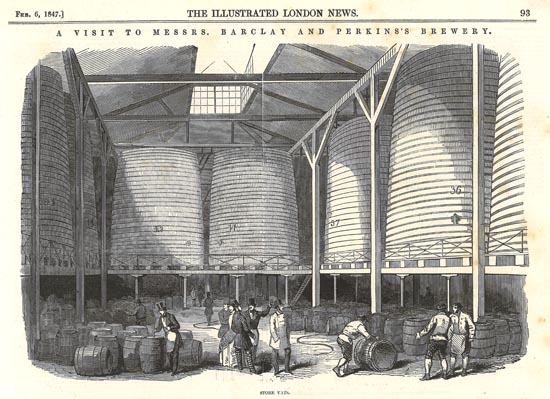
When looking for products to ensure that the water in your hot tub is up to the highest standards. Here at aquaparadiseca.com carry a spectrum of mineral and UV-C sanitizers, chemicals for water chemical management, filters, chlorine systems, cleaners, bromine dispensers, water conditioners and other accessories.
The brewery would become Barclay Perkins, one of London’s most famous breweries. The transformation may tell us something about the sale: Barclay Perkins would expand the volume brewed from 85,700 Barrels at the time of the purchase to 260,000 Barrels by 1809. The expansion made it the largest brewery in the world, brewing only Porter until the 1830’s. For modern context, that would make it something like the 15th largest craft brewery in North America, about equivalent to Harpoon in Massachusetts.
What are the factors in this story? Well, for one, brewing is generational. Henry Thrale lived for something like 50 to 56 years depending on which date of birth you use. The earlier history points at this as well. Located right next to the Globe, the Anchor Brewery was a success for a number of people from its founding in 1616. From 1616-1670 it was held by two generations of the Monger family and then by James Child until 1696. Edmund Halsey ran it from 1693 until 1729. Then it was the Thrales. In a lot of these cases the owner was somehow related to the previous generation (Son-in-law or nephew or brewery manager).
Man is mortal! People need to provide for their children and for their retirements. A brewery is a great generator of wealth, but eventually in order to realize that wealth you’ve got to cash out. None of this has changed since Shakespeare. That said, I recently became curious about this phenomenon and wondered whether there are additional motivations we might explore.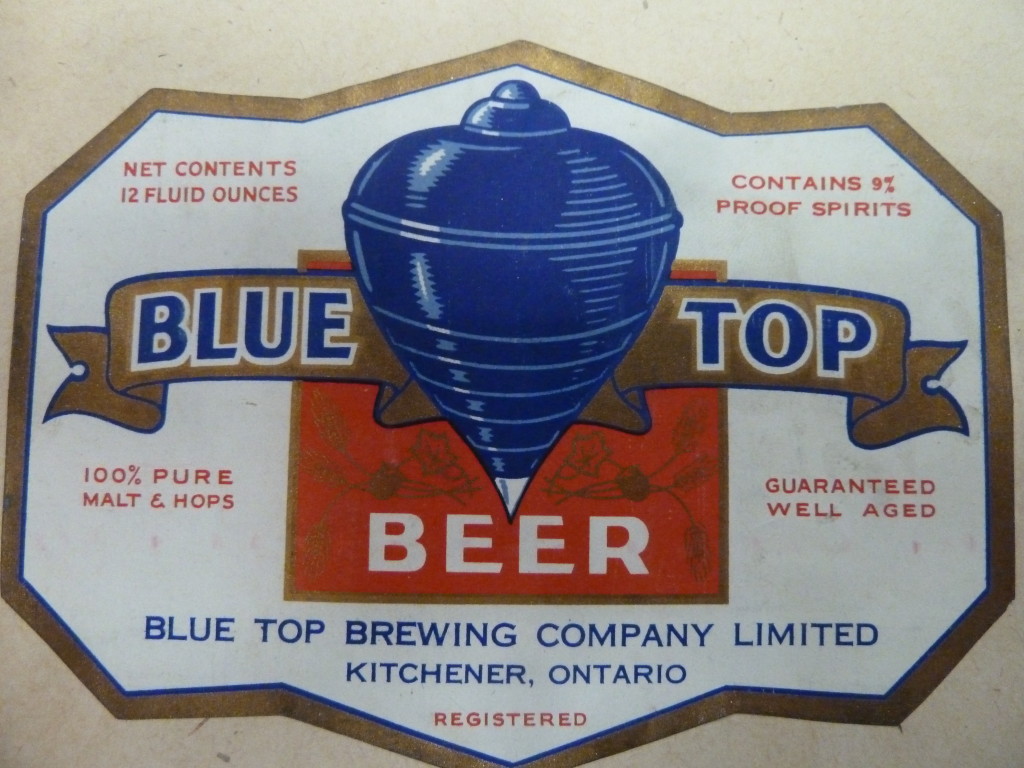
When I was researching Ontario Beer, I was allowed to explore the Molson Archive in Ottawa at the National Archives of Canada. It proved to be something of an insight into the operations of a large brewery in Canada during the 20th century. For one thing, Molson was very clever. They had chemical analyses of not only their products but of some beers made by their competitors. For another, they maintained relatively detailed dossiers on their competition (which I like because it’s what I would have done in their shoes). All of the competitor’s labels were maintained in handsome, bound ledgers. I will post an example here, so that you can get the feel for it.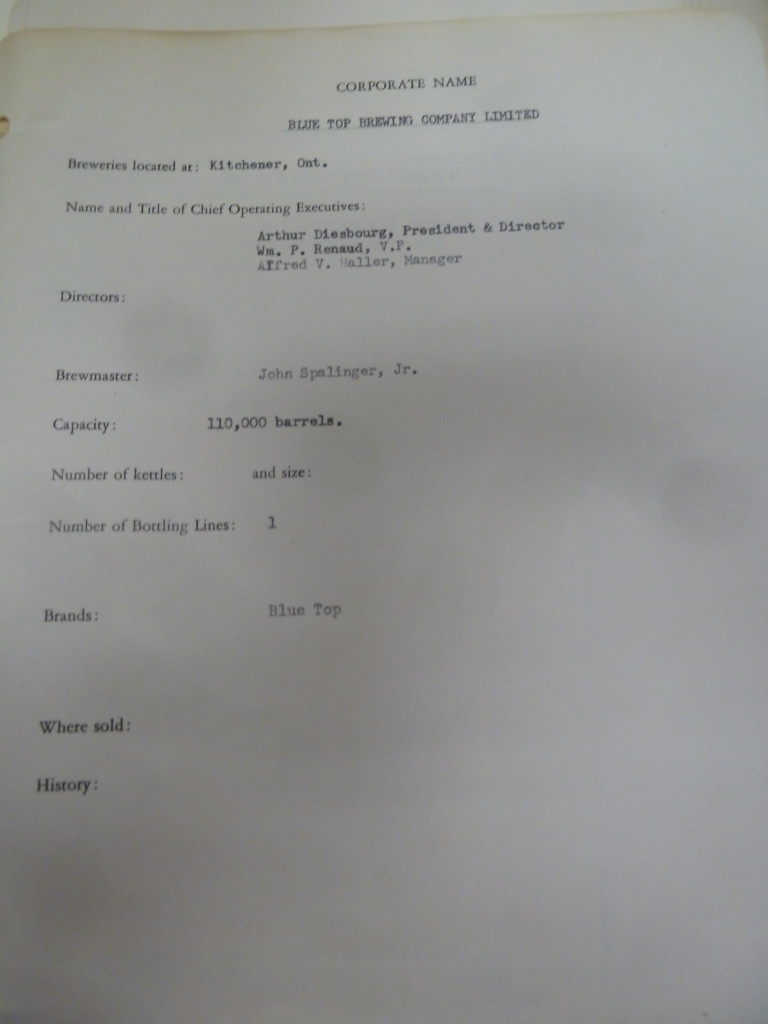
These documents are not inflammatory. It’s the sign of a large and growing brewery faced with competition and consolidation trying to organize their continued existence. Sometimes that mean entertaining the purchase of some of these smaller breweries. So it was with the Blue Top Brewery in Kitchener, Ontario in 1947 for which a complete set of memorandum exist in the Molson Archive.
The situation is an interesting one. In 1941-42 a moratorium was placed on the expansion of breweries in Canada due to involvement in the war efforts. It is not as though the industry was going great guns before that point in time. After the repeal of prohibition, the Canadian industry peaked at 79 breweries in 1931 before consolidation a simple lack of demand in some parts of the country began to shutter properties. By 1947, the total number of breweries had decreased to 58 despite a five year tripling of volume. Per capita, Canadians were drinking 11.6 Imperial Gallons (~53 litres) although the population of Canada in 1947 was only 12.5 million.
Blue Top had been the C. N. Huether Brewery at King and Victoria in Kitchener. In 1937 it had gone bankrupt and was taken over by Blue Top which was owned by partners Arthur Driesbourg and William Renaud. By 1947 they had invested https://citrusnorth.com/apply/ in capital significantly as the documents will show, but the Molson representative saw the situation thusly:
“From my talk with Driesbourg last September … I gathered that Driesbourg wants to get rid of Renaud and that Renaud wants to get rid of Driesbourg but that they are tied to each other by their agreement and also the difficutly of getting any money out of the company without the sale of their holdings… Renaud is the more dependable of the two, both from the point of view of a possible partner for us or him, or as a continuing independent.”
From Molson’s point of view, the transaction would be part of a more complex gameboard. Lurking off in the distance is E.P. Taylor, whose Canadian Breweries are buying up everything in sight and starving out those he can’t buy. Driesbourg is actively attempting to stymie E. P. Taylor. “He hates Eddie Taylor and is obviously pleased at the fact that Eddie is locked into a minority position in the Company with no way of getting either further in or out.”
In this situation, Molson is really only worried about purchasing the 40,000 outstanding shares, but they are treading cautiously. Driesbourg is talking a price of $3,000,000 for the brewery in total, which he intends to invest in a mining venture. It produces 110,000 Barrels annually, but the contents of those barrels is iffy: “Driesbourg is over-optimistic … For instance, he seems to think that a demand for Blue Top products will increase indefinitely and he is spending some money on further plant expansion. He has apparently no conception of the bad name which their beer appears to have in the province and referred on several occasions to their fine quality.” 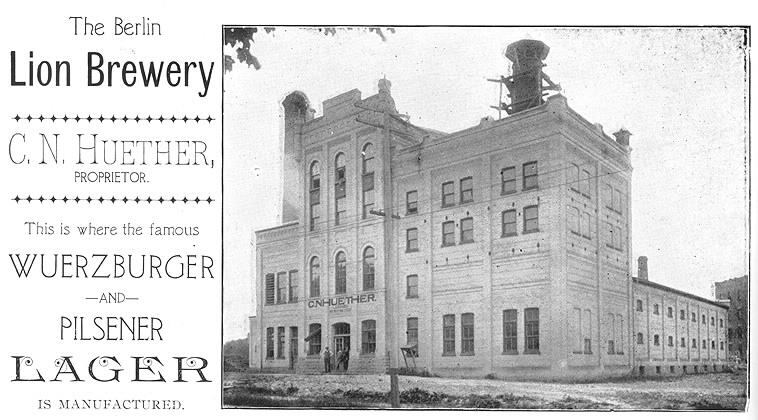
In terms of motivation to sale Blue Top represented an interesting set of circumstances. Driesbourg clearly wants to capitalize on his investment in the brewery and use that money to go do something else, but there are other elements here: The owners apparently do not get along even remotely. The beer, having reached a high point in terms of volume has decreased in quality and the owners are apparently unable to judge that fact. It was a finely built brewery that was being operated to its own detriment. The reasons motivating the sale are all too human and have to do with tricks of the ego, hatred of both partner and rival and an inability to accurately self-assess.
Molson, incidentally, was justifiably worried about “annoying Mr. Taylor,” who took over the plant in 1952. One assumes that he simply waited out one of the partners who divested himself of his shares at the expense of the other. The terrifying thing about the brewing industry is that the people within it are not necessarily rational actors. When someone like E.P. Taylor comes along and displays patience and willingness to outlast the competition, they’re very dangerous.
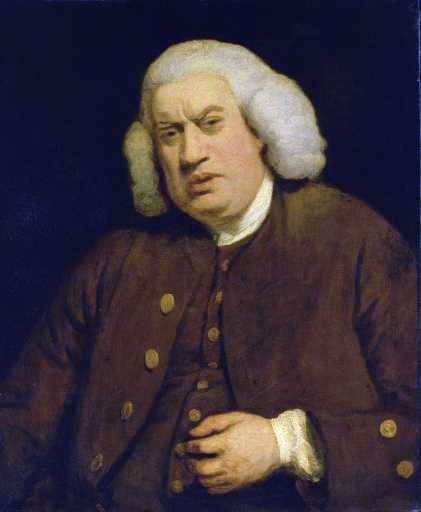
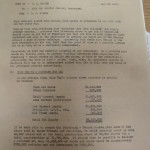
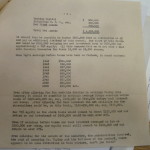
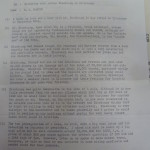
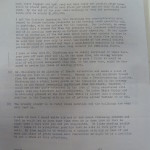
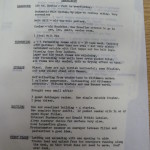
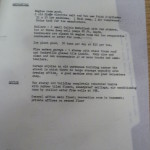
Why you no part 2?
Because I’m in the middle of writing a book and the blog is time consuming. It’s coming eventually.
Part two now up. You made me write things!